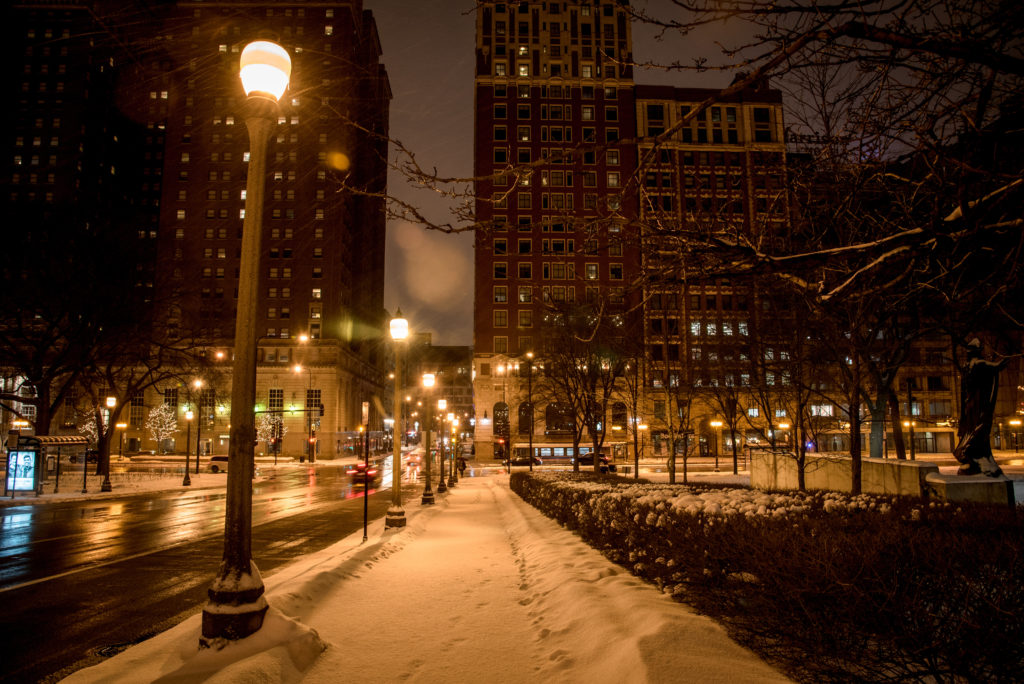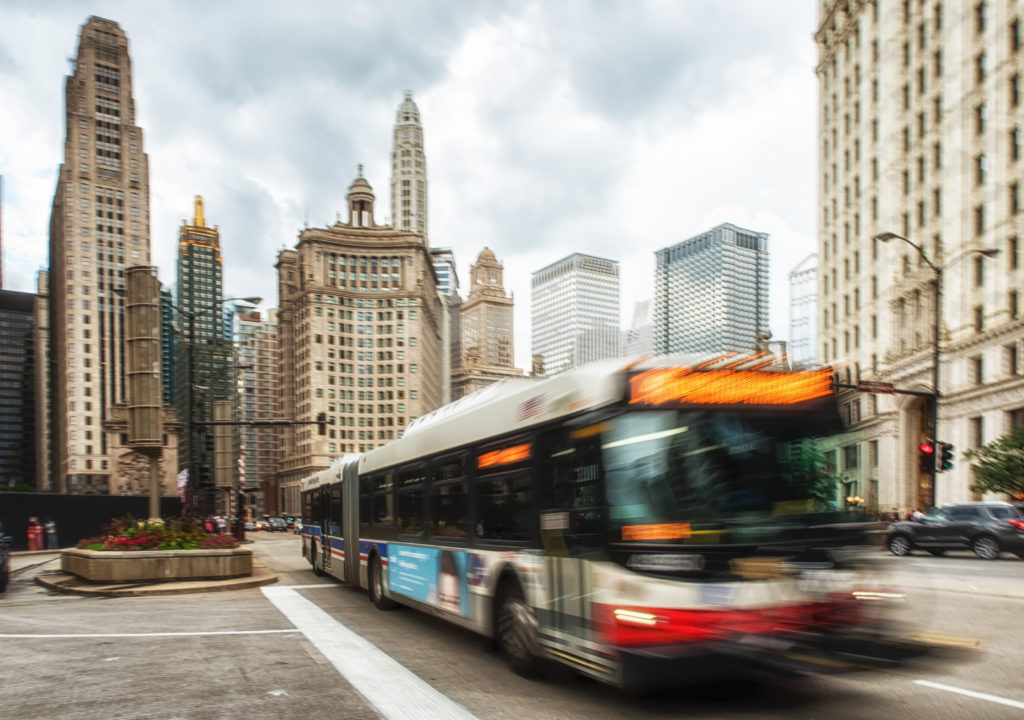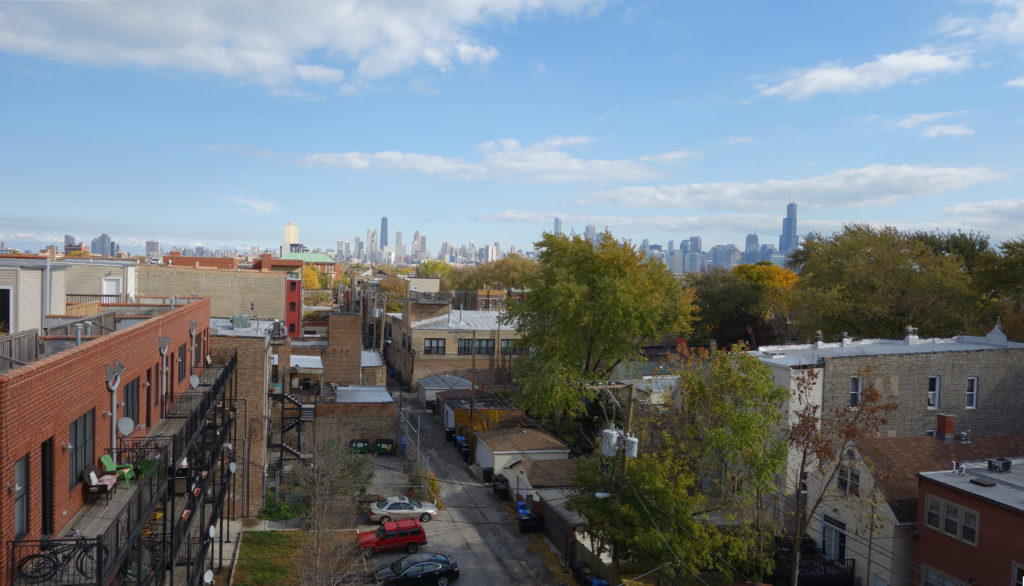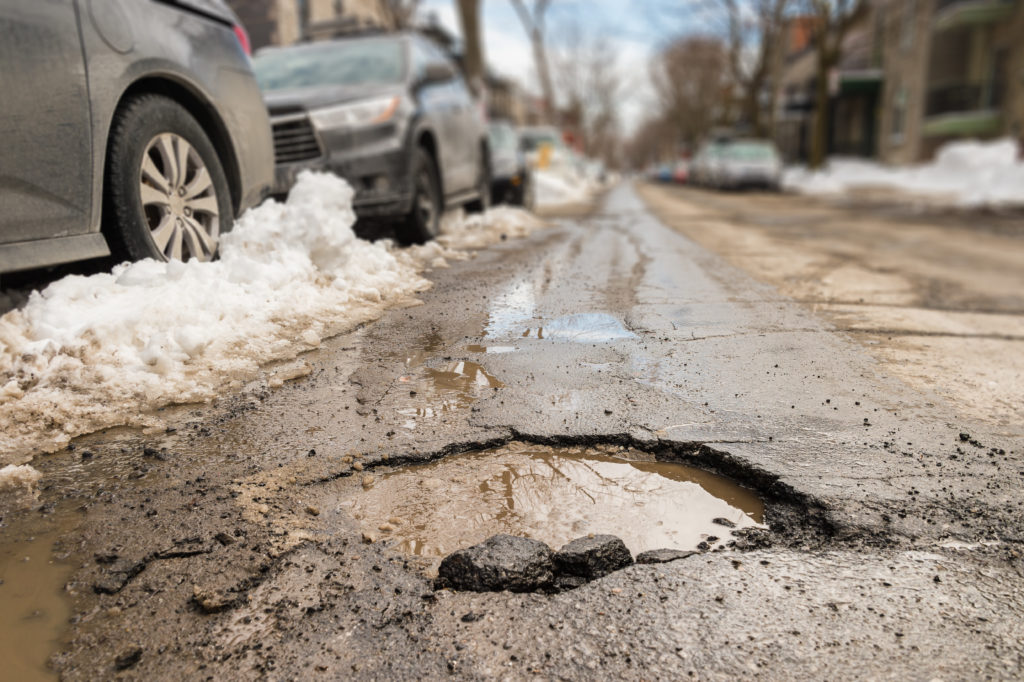
It’s no surprise that Chicago has its fair share of traffic. Spend one afternoon in the loop and you will quickly be reminded that while the “L” is efficient for the amount of people who take it, there is still a great amount of people who rely on driving into the city via their own cars or through rideshare. Often what’s most frustrating is sitting at a traffic light and finally getting that green light you have been waiting for. But, instead of taking that left turn on green, you are stranded in the middle of the lane as another person blocks the intersection attempting to make their way through a yellow or red light. This has become known as “blocking the box,” and while it can be found pretty much in every city throughout the world, we find ourselves continuously asking “why?”.
In a recent report by the Chicago Tribune, the newspaper tackled this same issue and had the chance to speak with a spokesman for the Chicago Department of Transportation. “CDOT is leading the administration’s efforts to develop a comprehensive congestion mitigation plan,” which will provide a focus on fixing the blocking issue that continues to plague downtown Chicago, said Michael Claffey. Unfortunately, for some people, this comprehensive plan seems to be too far in the future to handle what is currently happening, leaving some pointing to what other larger cities have already done to mitigate the damage and congestion that “blocking the box” causes. For example, the Tribune spoke with Ald. Brendan Reilly, whose ward is in downtown Chicago and he proclaimed, “This is a subject that’s very frustrating to me . . . Every budget session in the last 12 years, I’ve been asking the city to enforce ‘Don’t Block the Box.’” Mr. Reilly’s statements certainly are not being ignored, as Mayor Lori Lightfoot has made it a key part of her administration to dramatically change Chicago’s transportation infrastructure for the better. However, with what appears to be an easy issue to fix, the city really hasn’t done much to enforce it.
Taking a closer look into what “blocking the box” really is, however, provides further insight into why Chicago may be choosing to not heavily enforce it. For example, in 2019 Chicago was ranked the third worst city in the nation for traffic congestion, resulting in an average cost of $1,920 per driver. The city already has a municipal code prohibiting blocking the box in traffic, but this is rarely enforced. Imagine if Mayor Lightfoot had the city heavily enforce intersections for blocking. What happens during rush hour? Does an officer pull over a vehicle blocking the intersection and somehow get them safely and efficiently out of traffic? As with many of the issues we discuss, there is no such thing as a silver bullet approach. Turning to what other cities have done to resolve this issue doesn’t offer much more than what Chicago is already planning for the city. In cities like San Francisco, Seattle, and New York City, they have all undertaken what the Tribune calls “public education efforts to keep cars from blocking intersections.” Further, Baltimore has decided to issue $125 fines to offenders in specific intersections throughout the city. All of this goes to show that while cities across the United States are implementing tactics to alleviate this frequent disruption to traffic, it by no means has become the solution.
While it may be frustrating for many throughout the city to see an individual block the box during a morning or evening commute home from downtown, we can hope that the comprehensive traffic plan that Chicago officials are looking to implement will eventually do much more than just curb blocking. As stated above, this isn’t an issue that can be fixed by implementing one solution. Traffic in large cities is an issue that has a multitude of factors all playing on one another. True, installing a camera that tracks “blocking” offenders could issue tickets to those who create gridlock, but that alone will not help resolve this issue. The solution must be comprehensive, and it must allow for traffic to get better and for individuals on the road to safely commute. Chicago already ranks third worst in the nation in terms of traffic congestion, whichever solution is implemented absolutely needs to consider the effects that it will have on driver safety and curbing traffic congestion as a whole.




